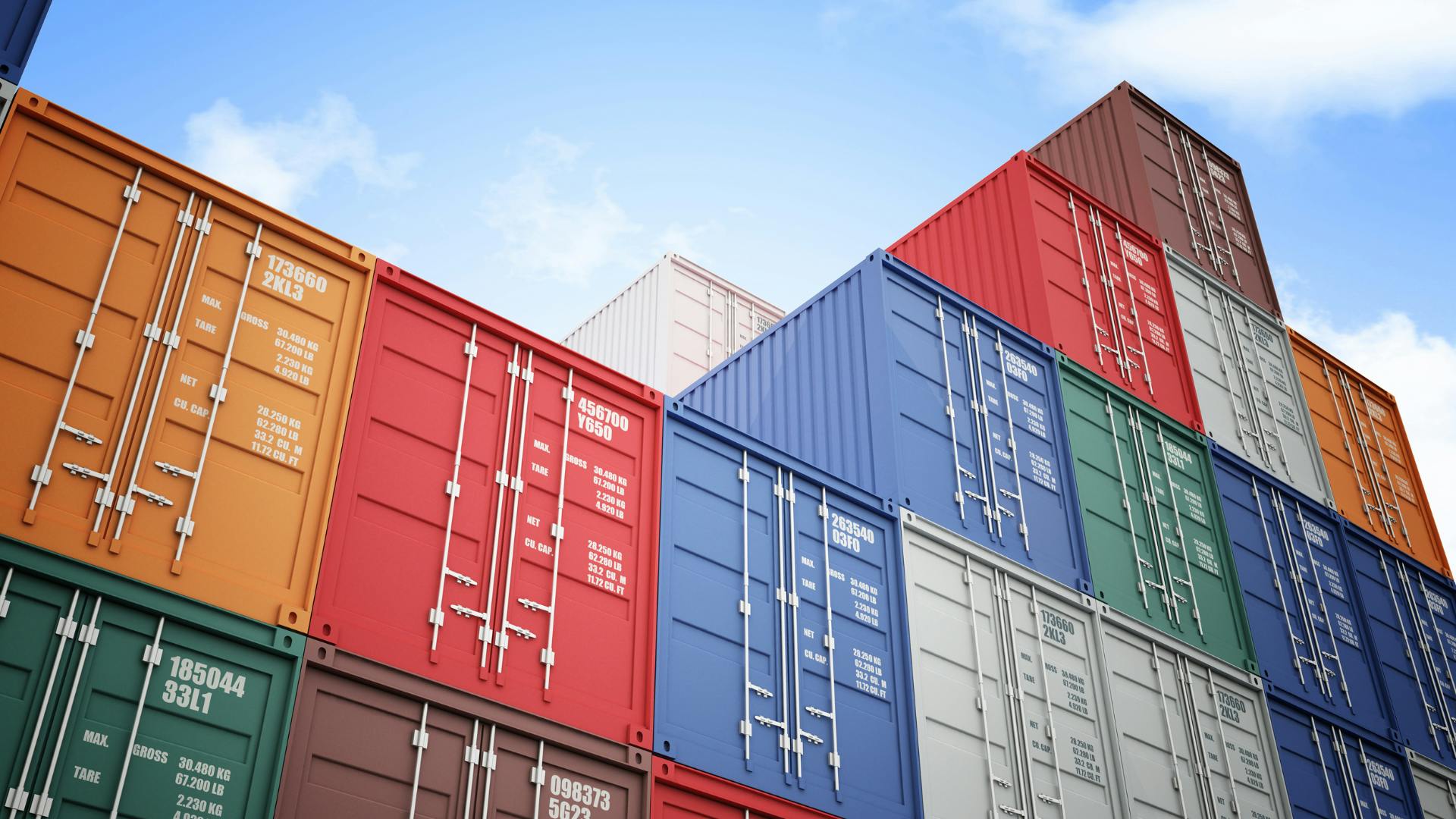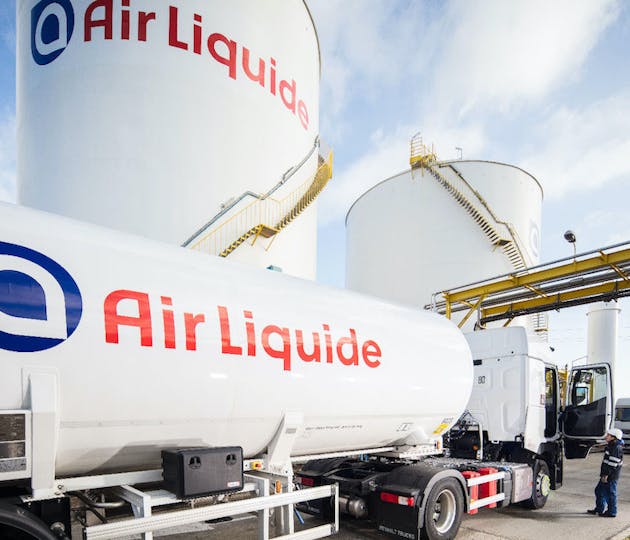Jan 14, 2026 Webinar | Global Supply Chain Architecture: Examining Red Sea’s Evolving Impact - Register Now

How accurate and real-time transport data mitigates supply chain risks
There’s no denying that the past two years have seen immense disruption to worldwide supply chains. Demand has increased but service levels have dropped; capacity has fallen but prices have exploded. Challenges were present before Covid-19 struck and the pandemic exacerbated already stressed supply lines.
Since then we’ve also seen a reduction in the number of containers coming out of Shanghai, the world’s number one port, as well as congestion and lengthening shipping times. Prices for air freight have risen sharply. Key road routes have been hampered by conflict in the Ukraine. Recent strikes in Europe have led to a fall in the number of truck drivers.

Global supply chains require multimodal, door-to-door connectivity to run smoothly but problems are present in each mode, caused by myriad risks. They are hitting production lines, prompting emergency shipments, causing stock outs and inflicting financial and reputational damage to businesses. The mission of Wakeo is to identify these kinds of issues as soon as possible to avert disasters.
Increasingly, risk management and supply chain directors or company VPs are tasked to have a complete view of their supply chains, which presents the largest single element of risk to their operations. Historically, however, this has not been possible, but with a real-time transportation visibility platform, it is now.
Wakeo links directly to transport providers and has a global network that spans 97% of the ocean market, 95% of the air market and 94% of the road market. It automatically collects millions of points of data, backed by information from independent sources, that’s used to locate shipments, estimate clear arrival times and preempt problems.
The network fuels the machine learning-based algorithms to strengthen the ETA prediction model data models because the more data you have the more accurate the data models are.
Wakeo operates on both sides of the logistics value chain - helping both the shippers who own the goods and the freight forwarders who organize transport of their cargo from A-B - providing intelligence that can be fed directly into their systems. Removing the problem of siloed information by providing up-to-date and comprehensive data.
Information gathered from digital transport flows can be used to help reduce risks in a number of ways, including:
- Mitigating against further delays
Visibility across all transport modes helps clients to anticipate delays by getting proactive information through alerts to find the most efficient alternative to traditional routes when facing unprecedented levels of delay and accurately assess route performance.
- Improving inventory management
Knowing how long it will take for the items to arrive and automatically integrate dynamic ETA directly into any system helps teams to manage a more just-in-time approach - ensuring they place orders in good time to avoid stock-outs or having to house excess products.
- Limiting container costs
Accurate, timely information reduces demurrage costs and limits the chance of detention fees prompted by unloading delays by 20-40%.
- Informing future sourcing decisions and purchasing strategies
By giving customers accurate data on the actual typical journey time of a particular route or carrier and taking into account detailed logistics costs when purchasing from a new supplier or location.

Customer Air Liquide, a world leader in producing and delivering gases such as oxygen, nitrogen, hydrogen and helium to the healthcare and industrial sectors, uses Wakeo analytics to prevent the loss of gases caused by delayed shipments. It can monitor transit times and update its transport plan if routes are expected to exceed 40 days - the point at which product is lost - by stopping at ports on route to plug in and top up.